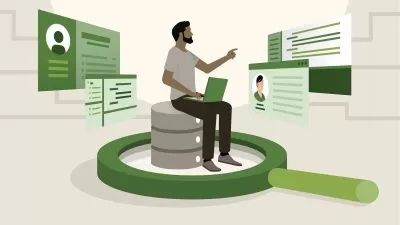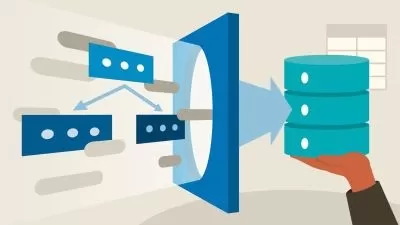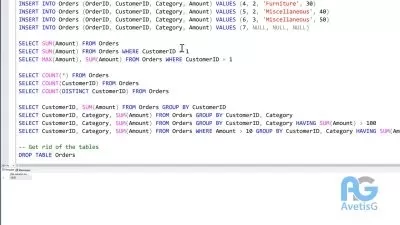SQL for Finance Professionals
Megan Lieu
1:06:23
Description
If you work in the financial sector, one tool that may not come to mind when thinking about the day-to-day work in finance is SQL—structured query language. But SQL is the programming language used to query data, so it’s extremely useful for anyone who works with vast stores of information, including financial professionals. As more and more data gets produced from the proliferation of modern tools and technologies, it’s increasingly important to know how to handle all the new data, and in this course, Megan Lieu shows you how to do just that using SQL. She starts with the background of SQL, including use cases, SQL data types, how to query data, how to use functions to perform calculations, and more. She then delves into finance-specific applications of SQL, giving an overview of how SQL is used in finance, the difference when using data in fintech vs. finance, and shows you how to use SQL in combination with a more familiar financial sector tool, Excel.
More details
User Reviews
Rating
Megan Lieu
Instructor's Courses
Linkedin Learning
View courses Linkedin Learning- language english
- Training sessions 28
- duration 1:06:23
- Release Date 2023/03/26















